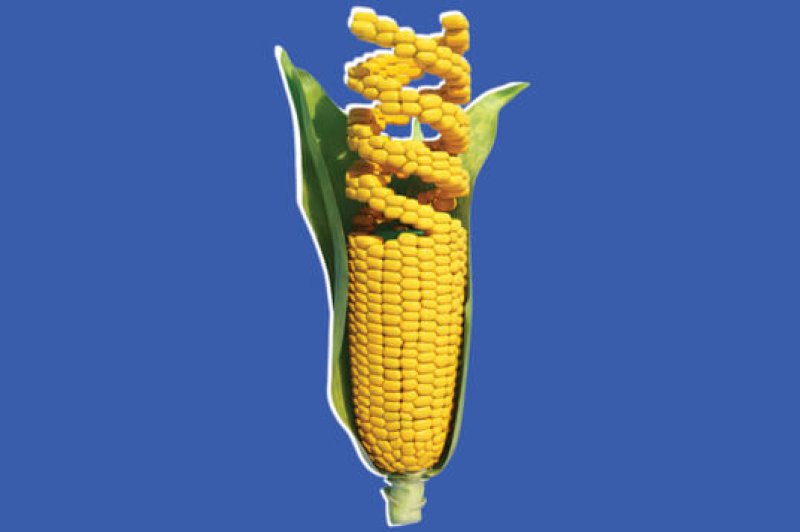Crispr is coming to the farm. The gene-editing tool, best known for its potential to prevent disease and fight cancer, is now being used to improve corn, wheat, rice, mushrooms and much else. It could lead to hardier, more plentiful crops and tastier, cheaper, more nutritious food. The problem is that Europe and the U.S. are both pursuing flawed approaches to regulating products made with Crispr — and could well impede its progress.
…
Europe is likely to impose a rigorous approval process on crops created with Crispr, on the theory that it lacks a long enough track record to be safe …. There’s no reason to assume crops modified by Crispr would be inherently more dangerous than any other. And overzealous regulation could hinder the development of a promising new technology ….
The U.S., on the other hand, will require no pre-market authorization at all for most gene-edited plants. This is equally misguided. It will do nothing to reassure a concerned public that the crops are safe. And it ignores what risks do exist: It’s conceivable, for instance, that new seeds could lead to foods that trigger allergic reactions, or crops whose robust characteristics get passed along in nature, creating tenacious new varieties of weeds.
Read full, original article: Realize the Promise of Gene-Edited Crops































